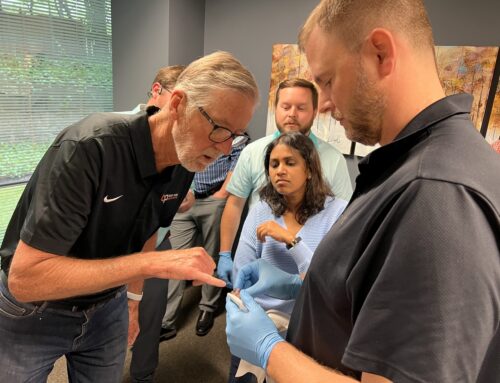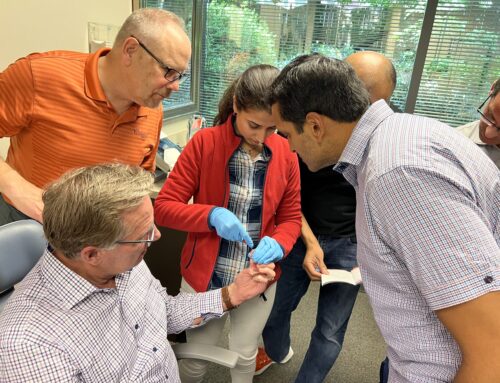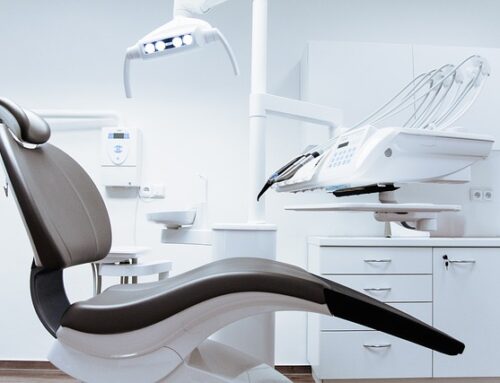In another chapter of the textbook on dental sleep medicine, Mayoor Patel, DDS, joins John Kim, G. Gary Demerjian and Andre Barkhordarian to cover medical comorbidities of obstructive sleep apnea. Here is what you can expect when reading this chapter.
A summary of the chapter
We know that proper sleep is important for the body to maintain homeostasis. But when a sleep disorder is present, it can be associated with physiological and psychological medical conditions. In the third edition of the International Classification of Sleep Disorders, obstructive sleep apnea is classified under sleep-related disorder breathing and is subcategorized as adult and pediatric.
Sleep apnea is a sleep-related breathing disorder that is characterized by episodes of breathing cessation and reduction in airflow that lasts more than 10 seconds and occurs more than five times per hour of sleep. About 1 billion people in the world have sleep apnea and risk factors range from obesity, gender, age and genetics to craniofacial and orofacial abnormalities.
Some of the common symptoms of sleep apnea include fatigue, tiredness, lack of energy, and chronic snoring. Other symptoms include chronic morning headaches, nocturnal gastroesophageal reflux, nocturnal sweating and decreased libido.
Additionally, sleep apnea is associated with an increased risk of medical conditions and comorbidities. Those include hypertension, arrhythmias, stroke, chronic renal failure, metabolic syndrome, irritable bowel syndrome, diabetes, obesity, enlarged upper airway soft tissue, headache, mood disorders and cognitive impairment such as deficit in attention, executive function and memory.
This chapter will focus on overview of obstructive sleep apnea and its medical comorbidities. We hope you enjoy it!






